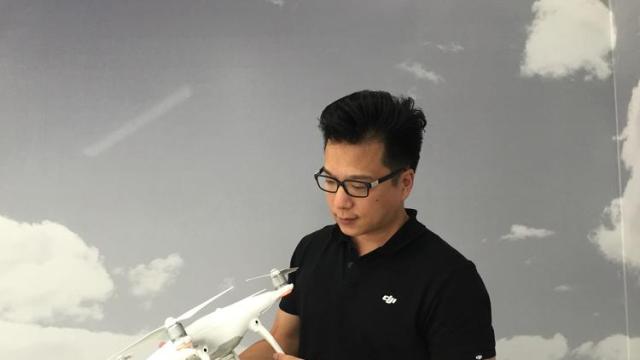In China, the ‘Apple of drones’ is flying away with success
In April, a group of Finnish farmers outfitted a spindly black drone with a remote-controlled chainsaw and filmed it decapitating snowmen. They called it “Killer Drone.” More formally, it was a DJI S1000.
This spring, marine biologists flew a drone over the Sea of Cortez to capture samples of the fluid sprayed from the blowholes of blue whales. They called it “SnotBot.” It was a DJI Inspire 1.
In March 2015, two men in Ottawa equipped a sleek, white drone with Roman candle fireworks and sprinted away shirtless as the machine fired spark-spewing projectiles. They called it “Roman Candle Attack Drone 2.0.” It was a DJI Phantom 2.
DJI, which stands for Da-Jiang Innovations, is a midsize company based in Shenzhen, China, and it essentially put recreational drone-flying on the map. Fans call it the “Appleof drones,” and for good reason — the company owns 70% of the consumer drone market, analysts say. As of March, it was valued at about $8 billion. It may be the first Chinese company to create, and then dominate, a hot new class of consumer electronics.
As China’s decades-long investment and exports-driven “economic miracle” comes to an end, the Chinese government is attempting to boost innovation to keep the country’s economy afloat. Officials are investing billions of yuan in gleaming new office parks, university engineering programs and start-up incubators.













